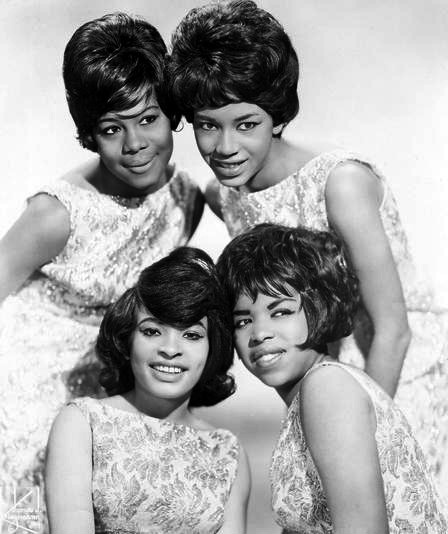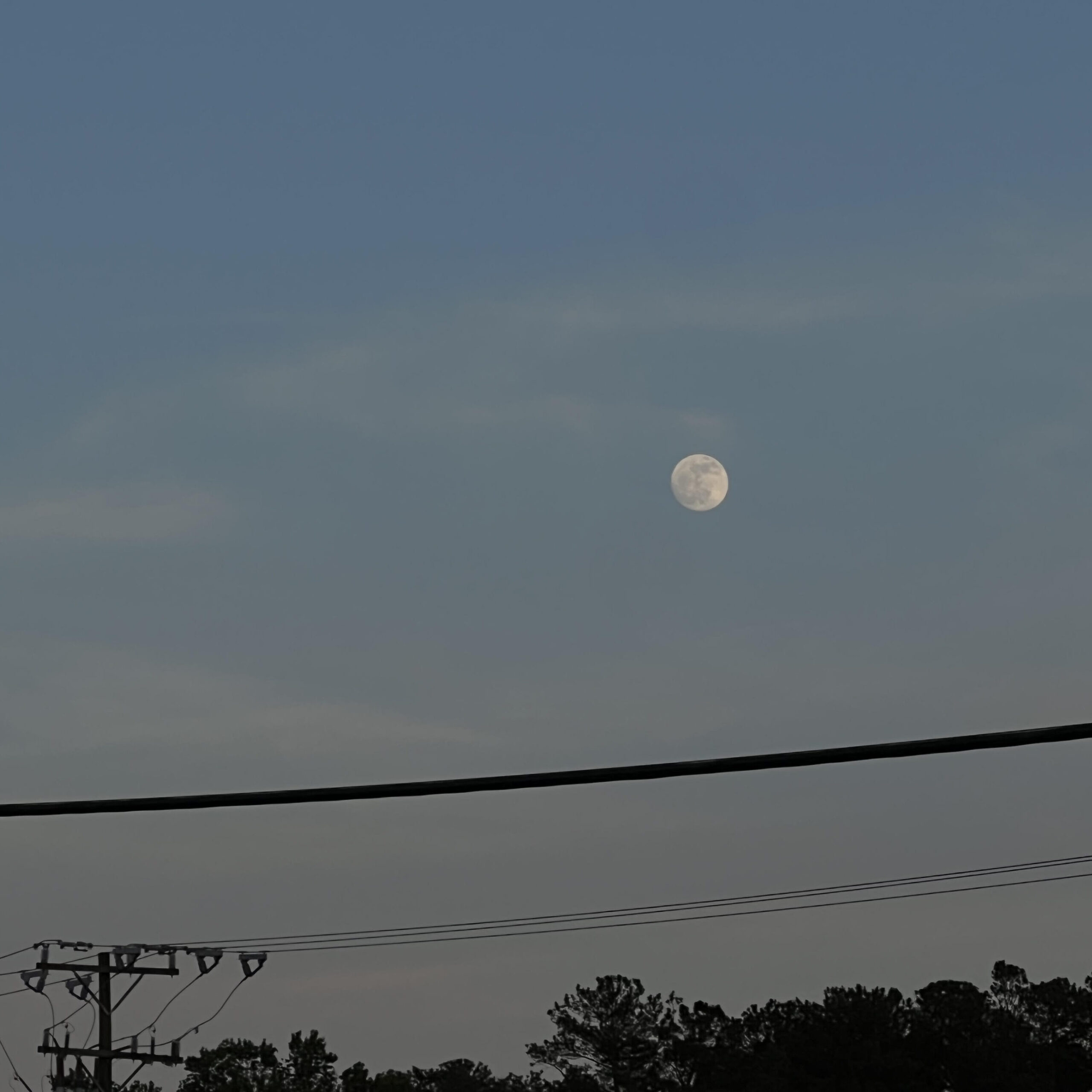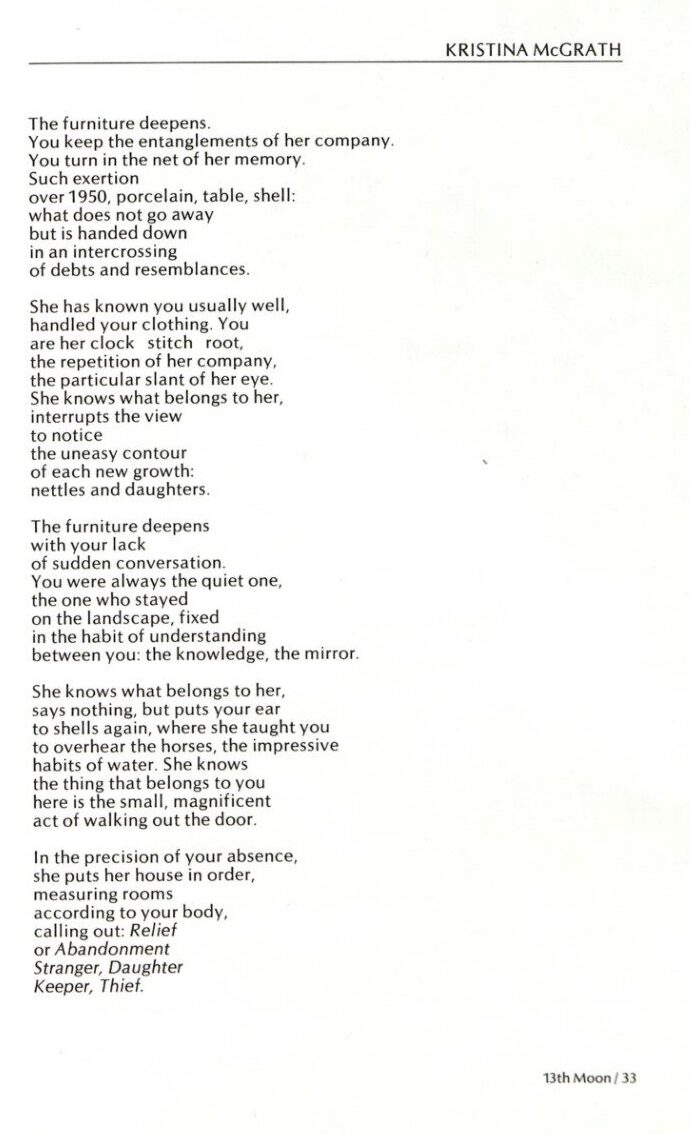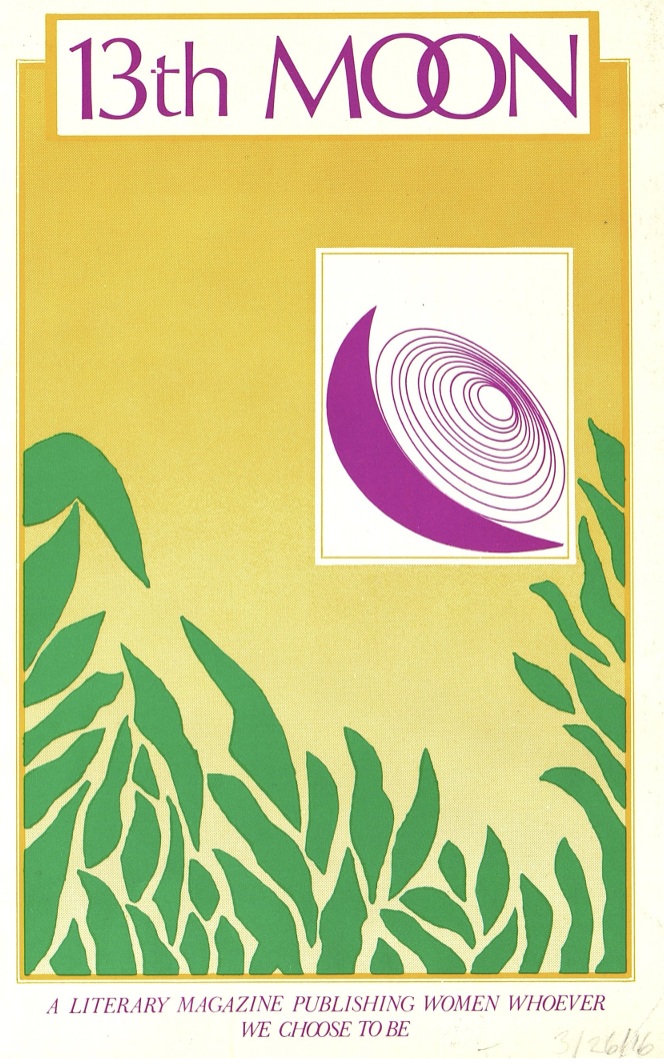“I realize that it seems very democratic of me to consider all women poets, but we all play our own music regardless of whether it is with our kids, bodies, or words. Poetry is something that is made everyday and does not need to be written by anyone in particular except for that sacred voice that tells your soul the way to go when looking for a homecoming. Poetry just is.”
From “Words Words Words” by Cherie Federico, published in 13th Moon (Vol. 17, No. 1 & 2, 2002)
13th Moon published plenty of poetry. Yet, in print and while reading in our heads, I believe part of the impact of the work is lost when it’s not able to be spoken. Beat, rhythm, tone, and most of all voice is essential in both poetry and music. Lyrics and poems to me are one in the same. Is an author not an artist? The musician not a poet?
As speculative fiction writer Ursula K. Le Guin writes:
How to read a poem is aloud. …The words the eyes see are a notation, a score; the mind can only fully understand them through the ear. But, being words, they say the meaning of their music. Words sung to a tune make a song; when the words are the tune, you have a poem.
(Source: Words Are My Matter: Writings on Life and Books, p. 41)
A little mood music…
At the end of “Women Moving Through Time,” I mention the dichotomy of woman (as objects or as saints). What exactly does this mean?
Allow me to attempt to explain through song…
Unlike books, I feel judging albums by their covers is acceptable, especially when judging vinyl covers. Artists and their teams know they have only a few seconds to catch your eye amidst a pile full of possibilities.
So, looking at album covers can help us understand a bit about how the music industry wants musicians and bands to be viewed.

Let’s consider this example of what an album cover can tell us from Joan Jett and the Blackhearts.
As one might be able to guess by her androgynous fashion, Joan Jett and her Blackhearts have an edgier, more traditionally punk sound, full of electric guitar and heavy percussion. The black and white tone, and her black-hearted band name, illustrate an intensity that can also be felt in her music. Even in her slower ballads like “Crimson and Clover,” Jett shoots all the air in her lungs into the microphone. Her hair, short and choppy, mirrors her mullet-ed male headbanger contemporaries. Like snakes wrapping around the apples of her cheekbones, her hair still frames her face beautifully.
This is one vision of femininity: confident, sultry, playful. Jett shows her rebelliousness overtly, shirking gendered expectations by wearing a suit and doing it so well it makes you forget about the shoulder pads.

Now, let’s look at a different representation of femininity.
The Carpenters climbed the charts with sunny hits like “Top of the World.” Here, Karen Carpenter, the lead singer of the duo, shows a different vision of womanhood.
Hers is more aligned with the traditional archetype we associate with femininity. With an inviting smile and all-white attire down to the shoes, Karen Carpenter is a vision of purity and innocence.
Rock n’ Roll and Femininity
These different visions of womanhood can be empowering, showing that there is no cookie cutter for how to be a woman. Beyond that, both Jett’s and Carpenter’s careers prove that, no matter what kind of woman you are, there is an audience waiting to hear your song.
Yet, how these two artists are perceived still holds up a dichotomous image of what it means to be a woman in music.
Despite their opposite appearances, Karen Carpenter is no less “Rock n’ Roll” than Joan Jett. Yet, because of her angelic voice, her god-like ability behind the drums often goes unrecognized.
Take this excerpt from “The 100 Best Drummers of All Time” (UDiscoverMusic):
In a 1975 Playboy magazine readers’ poll, Carpenter was voted the best rock drummer of the year – edging out Led Zeppelin’s John Bonham, The Who’s Keith Moon and The Beatles’ Ringo Starr. ‘I am both humbled and embarrassed at this tremendous recognition,’ she said during a TV interview. “I heard that John Bonham is quite upset. I hope he is not mad at me, as I had nothing to do with the poll.”
When I watch the video below of Karen Carpenter rocking out on drums, I find myself smiling the whole time, thoroughly charmed by her playful manner.
Being punk is often misconstrued as sticking to a certain appearance. Take Joan Jett for example; with a dark color scheme, big rings, and a choppy cut, her rejection of the dainty, feminine archetype clearly shows her subversive nature.
Yet I contend that even in her collared shirt and sweater, Karen Carpenter is still punk as hell for rejecting the ‘pretty-face’ placements like tambourine or triangle to instead become the very heartbeat of her band.
In my eyes, she symbolizes what’s at the very core of what is so lovely about being a woman. Her ability to lull an audience with her siren-like voice, only to break expectations (and a few drumsticks) accompanying a guitar solo in “Goodbye to Love,” credited with “Usher[ing] in the Power-Ballad Era“, is the perfect metaphor for the balancing act every female-presenting person puts on day-in-and-day-out.
I’ll say goodbye to love,
“Goodbye to Love” by the Carpenters
No one ever cared if I should live or die
Time and time again,
the chance for love has passed me by
And all I know is how to live without it
…
There are no tomorrows for this heart of mine
Surely time will lose these bitter memories
And I’ll find that there is someone to believe in
And to live for something I could live for
Still, Carpenter’s relationship to how she was perceived led to a tragic ending. During a show in Las Vegas, while surrounded by adoring fans, Carpenter collapsed, and the world was made aware of her invisible fight with anorexia, which would eventually take her life at the age of 32.
It’s tragic to think of her singing the words above, making people feel seen and understood, yet unable to achieve that same love and recognition for herself.
Honoring The Marvelettes

The politics of womanhood—specifically which types of womanhood are most celebrated—also come up in music.
The Carpenters were able to hit number one on the Billboard Hot 100 with their version of “Please Mr. Postman” (1975), but I am much more familiar with the 1961 original by The Marvelettes. However, The Marvelettes failed to receive “their just dues” as artists, never receiving a gold record for their #1 hit.
The Motown circuit was infamous for its exploitation of artists new to the scene, and despite the women earning Motown their first #1 on the charts, producer Barry Gordy credited Barney Ales who did PR for the song for their success.
Additionally, Katherine Anderson of The Marvelettes felt competition between the group and the Supremes and felt the studio “put the Supremes ahead of us [The Marvelettes] in every way” (Wikipedia).
This one-or-the-other approach to women’s successes is one that can be seen in music to this day. For example, are you “Team” Nicki Minaj or Cardi B? Rihanna or Beyonce? X-tina or Britney?
Not only does this dynamic foster the idea that women are competitors instead of friends, it also operates under the assumption that there is limited room at the top, and that for women, this space is un-expandable. And for women of color especially, the room at the top seems to shrink ever further as they climb and get closer.
Women at Work
The New York Times Style Magazine just recently published “This Woman’s Work” celebrating “40 legendary female artists—and the younger women who remind them why they make art.”
From Issa Rae and Salt-N-Pepa to Margaret Cho and Margaret Atwood, I found the interactive list to be a wide-ranging investigation of diverse, unique, and overall visionary women in creative industries.
In Volume 17 of 13th Moon, Cherie Federico, the associate editor at the time, writes that all women are poets, and that poetry doesn’t need to be a major event to be revelatory. Poetry can be in the everyday. “Poetry just is.”
And if “poetry just is,” then perhaps women also just are.
The women above—Joan Jett, Karen Carpenter, The Marvelettes—are all poets, celebrated for their music. Let us remember to celebrate who they were and are as women, as people, on top of enjoying all music they gave to the world.
WHERE TO NEXT?

I. Women, Becoming

II. Women Moving Through Time

IV. Celebrating Women Celebrating

CONCLUSION: Women Who Write
